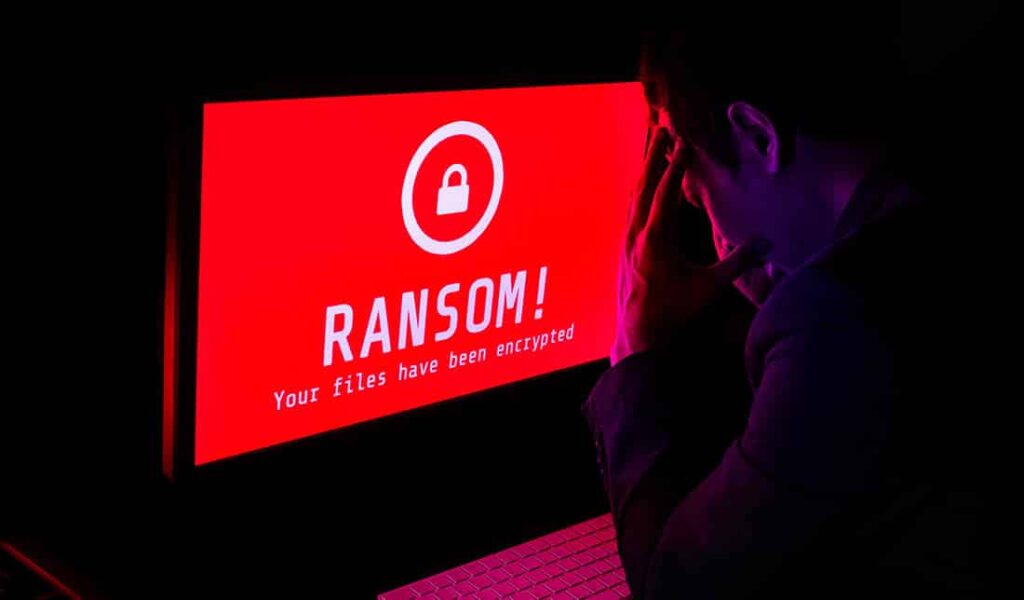Ransomware attacks have become increasingly common, posing a significant threat to individuals and organizations alike. Once a system is compromised, data may be encrypted, rendering it inaccessible until a ransom is paid to the attackers. However, paying the ransom is not always a viable solution and can even encourage further attacks. Fortunately, there are methods to recover and restore ransomware-encrypted data without succumbing to extortion. This article will explore actionable strategies to regain access to your critical information and safeguard your digital assets.
Understanding Ransomware
Ransomware is a type of malicious software that encrypts files on a victim’s device or network. The attackers then demand a ransom payment, usually in cryptocurrency, in exchange for the decryption key. While some victims may feel pressured to pay the ransom, there is no guarantee that the attackers will provide the key or that they won’t target the victim again in the future. Therefore, understanding how to recover and restore ransomware-encrypted data is crucial.
Immediate Actions to Take
- Isolate Affected Systems: If you suspect a ransomware attack, the first step is to isolate affected devices from the network. Disconnecting from the internet and other networked systems can prevent the ransomware from spreading and further encrypting files.
- Identify the Ransomware Variant: Understanding the specific variant of ransomware can significantly aid in recovery efforts. Utilize reputable cybersecurity resources or contact a cybersecurity expert to help identify the type of ransomware affecting your system. Certain variants have known vulnerabilities or decryption tools available.
- Document Everything: Take detailed notes of the attack, including when it occurred, the types of files affected, and any ransom messages received. This information can be valuable for both recovery efforts and reporting the incident to authorities.
Recovery Strategies
Once you’ve taken immediate actions, consider the following strategies to recover and restore ransomware-encrypted data:
- Use Backup Solutions: One of the most effective ways to recover from a ransomware attack is through backups. If you have a recent backup of your data that was not affected by the ransomware, restore your system from this backup. Ensure that the backup is clean before restoring to avoid reintroducing the ransomware.
- Employ Decryption Tools: Several cybersecurity organizations and software companies have developed decryption tools for specific ransomware variants. Research online to see if a decryption tool exists for the ransomware that has encrypted your data. Websites like No More Ransom! provide valuable resources and tools for recovering data.
- Restore from Previous Versions: For Windows users, previous versions of files may be available through the system’s restore points or File History. Right-click the affected file, select “Properties,” and navigate to the “Previous Versions” tab to see if earlier versions of the file can be restored.
- Seek Professional Help: If the above methods are unsuccessful, it may be time to contact a professional data recovery service. Experts in ransomware recovery have advanced tools and techniques to help retrieve encrypted data. They can also provide guidance on improving your cybersecurity measures to prevent future attacks.
Preventing Future Ransomware Attacks
Recovering from a ransomware attack is only part of the solution. Implementing preventative measures is essential for safeguarding your data:
- Regularly Update Software: Keeping your operating system, software applications, and antivirus programs up to date helps protect against vulnerabilities that ransomware can exploit.
- Maintain Regular Backups: Regularly back up important data to an external hard drive or cloud storage. Ensure backups are not directly accessible from your network to minimize the risk of being compromised.
- Educate Employees: For businesses, training employees on cybersecurity best practices is crucial. Encourage them to recognize phishing attempts and suspicious links that could lead to ransomware infections.
Conclusion
Facing a ransomware attack can be overwhelming, but knowing how to recover and restore ransomware-encrypted data is essential for safeguarding your information. By acting swiftly, utilizing effective recovery techniques, and putting preventive measures in place, both individuals and organizations can enhance their defenses against future threats. If you ever find yourself affected by ransomware, remember that support is available, and there are viable pathways to regain access to your data without the need to pay a ransom. Taking proactive steps today can help ensure a more secure digital environment tomorrow.

